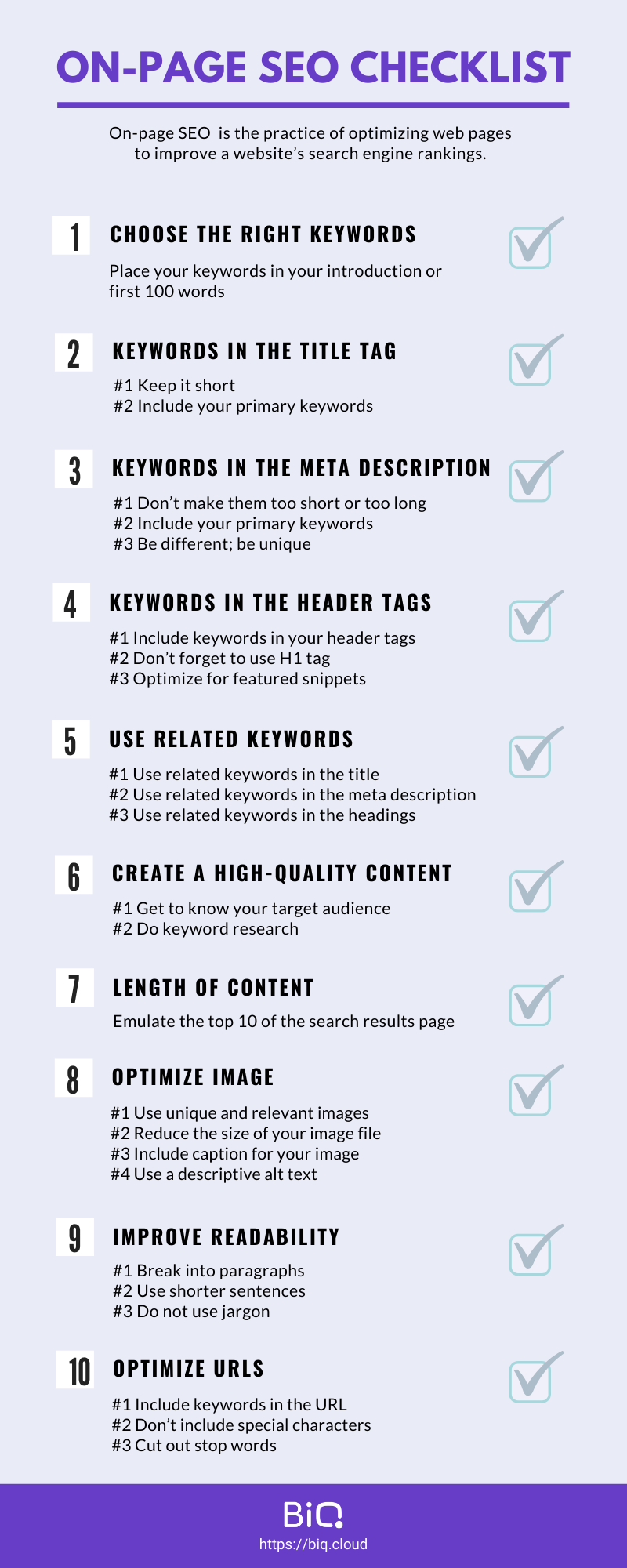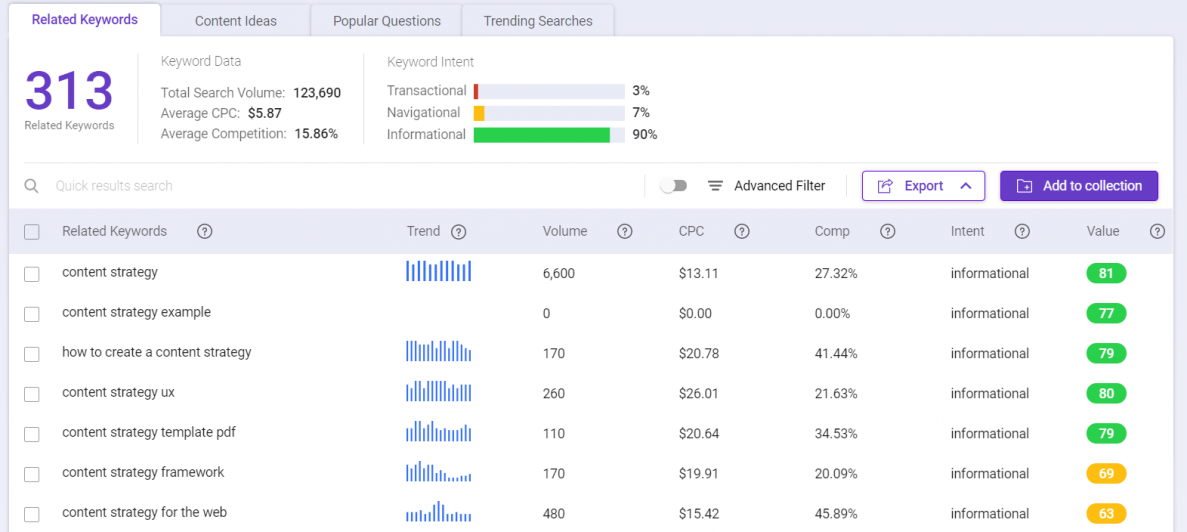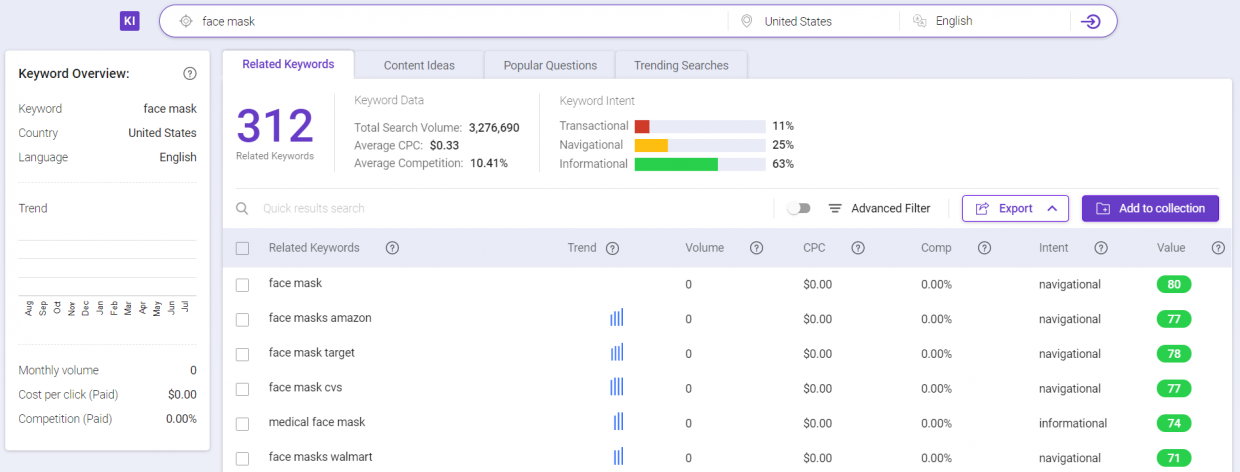This on-page SEO checklist will guide you to improve your SEO ranking in 2020. Use the 25+ SEO checklist to kick start your SEO strategy!
The practical on-page SEO guide in 2022.
Looking for practical ways to improve your search visibility on the search engine? Let’s start!
Search engine optimization or SEO strategies can be divided into two different categories; on-page SEO and off-page SEO. It is understood that both are important to the success of an SEO campaign but today’s article, we will be focusing only on on-page optimization techniques.
We will be covering all of these:
- What is on-page SEO?
- Why is on-page SEO important?
- 10 on-page SEO checklist for better ranking in 2022
What is On-Page SEO?
On-page SEO or also known as on-site SEO is the practice of optimizing web pages to improve a website’s search engine rankings which is followed by organic traffic.
This can be done by making sure your content is loved by readers and understandable by the search engines. We will look deeper into this later on but for now, let’s see why on-page is important.
Why Is On-Page SEO Important?
A good on-page SEO is not an attempt to manipulate the search engines in any way; it is simply the means by which you make sure that they understand what your pages are.
For example, you optimize a keyword in your content because you want to let the search engine know what your page is all about which indirectly improves your ranking.
The search engine and its spiders will try to understand your page by looking at indicators of relevance. This will include the text in the title tags, header tags, meta descriptions and so on.
A good on-page SEO is able to tell search engines what your pages are about and convince them why you should be at the top of the search results.
What Is The On-Page SEO Checklist in 2022?
Now, I am going to share with you a handful of tested on-page SEO checklists that you can apply in your SEO strategies. To make sure you are not lost in the in this on-page SEO guide here is an infographic prepared for you:

1. Target Keywords
First things first, you need to make sure your keyword research is done well before the rest of your on-page SEO strategies follow through.
It is essential to select the right keywords to target, as it can make or break your entire on-page SEO strategy.
Keyword research helps you find the right keywords to be included in your content. Let’s start with entering your topic in Keyword Intelligence.
Use the results that you’ve retrieved to brainstorm the terms that your potential customers might be searching for. The related keywords are the terms that people search for in relation to your topic.

When deciding which keywords to target, analyze the search volume and the value of the keywords.
The search volume tells you the potential number of people who will visit your website. The keyword value shows how valuable the keyword is. Higher valued keywords give you more traffic at a lower competition.
Once you have your keywords ready, it’s time to rearrange them strategically in your content. Place your keywords in your introduction or first 100 words, for example:
Skip the surprises, help the search engines know what your page is about by using the keywords in your introduction and later in the content body.
Or if you’re not sure what keywords to target, you can use your competitors’ keywords instead. If they are already ranking for certain keywords, it is proven to have been successful for them. To look for your competitors’ keywords, you can use RankingGap.

RankingGap is a keyword gap analysis tool that lets you discover keywords you aren’t ranking for in your website, but your competitors are ranking for.
2. Title Tag
The title tag tells the title of a web page. It is displayed on the search engine results page as the clickable headline. It is one of the important factors that will affect the number of visitors to your website.
Every title tag should be unique and reflect what your content is about. A good rule of thumb is to write for humans and optimize for search engines.
Here are some quick tips on how to optimize your title tag:
#1 Keep it short
Google displays only the first 50-60 characters of a title tag. So you may want to follow the rule by keeping your titles under 60 characters.
When your title exceeds 60 characters, and it will be truncated.
#2 Include your primary keywords
Title tags should contain your target keyword. Try to put your keywords at the beginning of your title. This will help readers and search engines to see if your content has what they are looking for.
3. Meta Description
A meta description is a short description of the page. It summarizes the content readers will find when they click on the link of a page on the search results page.
Not sure whether your page has a meta description? Head over to Content Intelligence.
Enter your URL and it will show the meta description for the page:

Here are some quick tips on how to optimize your meta descriptions:
#1 Don’t make them too short or too long
Different from the title tag, you can write up to 155 characters for your meta description. Optimally, keep them between 70 to 155 characters.
#2 Include your primary keywords
You can see certain keywords are being highlighted in the meta description when it matches the search.
Put your keywords at the beginning of the description. This is because readers will usually skim the description and you do not want to miss the shot.
#3 Be different; be unique
Ever wanted to be the site that stands out from the rest? Write a unique meta description.
If your meta description is the same as those on the search results, what would make searches decide to click on your site?
Write a unique summary of what you are offering, and not deceptive. If your page is about “how to write the best meta description”, make sure to include them in your description. But if it’s not, you should not include that phrase.
4. Header Tags
Header tags can help you immensely in your on-page search optimization efforts. It is used to differentiate the headings and subheadings of a page. It tells Google that the text in this tag is important and that the other content on this page is essentially related to what is defined in that tag.
The header tags are H1-H6 tags in order of importance – the H1 tag is the most important, and the least important is the H6 tag.
Here are some quick tips on how to optimize your header tags:
#1 Include keywords in your header tags
Same as title tags and meta descriptions, use your keywords on your header tags. This will help Google to gather context for your page.
Use your keywords naturally in your header tags, without being spammy.
#2 Don’t forget to use H1
H1 tag indicates your most important topic, and the rest of the tags create subtopics. I would recommend using only one H1 tag per page because it’s basically the subject of your page. You don’t want to have many subjects on one page as it doesn’t make sense to do so.
#3 Optimize for featured snippets
Check if your keywords have featured snippets on the search results page. If there is, optimize your content for featured snippets using the header tags.
You definitely want to structure your content using header tags to capture that featured snippet.
5. Related keywords
Related keywords are the keyword variations that you can use for your primary keyword. Related keywords or semantic keywords increase the relevancy of your page and help search engines to understand your page better.
Furthermore, you are more likely to rank well for multiple keywords. Enter your keyword on the Keyword Intelligence search bar and you will find that the total search volume for your related keywords is huge.
Go through the list of related keywords and use them to support your main keyword.
Here are some quick tips on how to use related keywords in your SEO strategy:
#1 Use related keywords in the title
Use related keywords naturally in your title.
#2 Use related keywords in the meta description
Use the related keywords at least once in your meta description. It helps to further reinforce what’s in your content.
#3 Use related keywords in the headings
Related keywords give more meaning to your overall content.
For example, using “free SEO tools” tells exactly what type of SEO tools that we are looking at when compared to just “SEO tools”. It gives a clear differentiation of the type of SEO tools (paid vs free) readers will find in the article.
6. High-quality content
High-quality content is anything that is worth sharing and deserves the spot on the search results page.
So how do you write a search optimized content?
#1 Get to know your target audience
It all starts with knowing who your audience is and getting to know what they’re interested in.
Once you are able to answer the questions they’re asking, solve the worries they have, or achieve their goals, the search engine will eventually reward you handsomely.
#2 Do keyword research
Once you know who your target audience is, find out what keywords they will use to find you.
If you are selling face masks, type in the keyword ‘face mask’ in BiQ’s Keyword Intelligence.

Doing so will give you an idea of what people are searching for when it comes to your product or services.
Hover to the ‘Popular Questions’ tab to see what questions people have in mind when it comes to the keyword that you have entered.

From the example above, when it comes to ‘face mask’, most searchers will think of beauty products. Therefore, if you are selling ‘medical face mask’, you may want to include the keyword ‘medical’ in your target keywords to avoid confusion.
7. Length of content
It has always been a debate about whether short or long-form content is good for SEO. In 2016, Backlinko found that the average Google first page result contains 1,890 words. Their research shows that longer content tends to rank higher in the search results. But I’ve had also found out that some claim 300-500 words also work for them.
So, what exactly is the best length for your SEO content?
I’ve come to the conclusion that there is no rule engraved on stone regarding the number of words.
Instead, go to the top 10 of the search results page and emulate them. Enter their URL on BiQ’s Content Intelligence to check their total word count.

Repeat this step to check the word count for each of the sites on the first page.
As we can see from the example above, the average word count for the content that ranks for the keyword ‘seo content length’ is 1,610 words.
(1,420+2,441+1,383+1,199) / 4 = 1,610 words
When targeting the same keyword, that could be your guideline to the ideal word count for your optimized content.
Nevertheless, regardless of the word counts, satisfying the user intent should always be your top priority. Satisfy the searcher’s intent and write in a way that helps search engines figure out what your pages are about.
8. Image optimization
Without proper image optimization, you are at risk of wasting a valuable SEO resource.
Image optimization, when done right, creates many benefits such as increasing the page load speed, enhancing the user experience and helping search engines understand your content better.
Here are some quick tips to optimize your image for search engines:
#1 Use unique and relevant images
Images play an important role in catching a user’s attention. It helps to increase the impact of the words that you use on the page.
Make sure to choose images that are unique and relevant to your content. Let the image speak for you and explain your content.
#2 Reduce the size of your image file
The size of the images can have a big impact on the loading times whereby bigger images make the loading time longer. Loading times are important for user experience. The faster the loading speed of a website, the better.
You want to make sure you compress your images before uploading them to your website. Increasingly.com managed to improve their website speed by 33% / 2 seconds after compressing their images.
#3 Include caption for your image
Captions can be crawled by search engines. It helps to tell the crawlers what the image is about.
Always write a caption that is relevant to the image. It helps readers to skim your content and decide whether to continue reading or click the exit button. In fact, captions under images are read on average 300% more than the body copy itself.
#4 Use a descriptive alt text
Just like captions, the alternative text helps to boost your content by promoting the user experience and search optimization.
Here is an example of a weak alt text:
<img src=”cake-1.jpg” alt=”cake”/>
To make it more descriptive and able to convey the message that you want to send to the readers and search engines, you can write them this way:
<img src=”cake-1.jpg” alt=”rainbow cheese cake”/>
9. Readability
Content’s readability has a huge influence on search optimization. It is the practice of making sure your content is understandable and easy to digest for the readers.
When your audience stays longer on your website, it helps to improve your website’s results in terms of increased on-page time and decreased bounce rate.
Check your content readability by using Content Intelligence.
It will show the overall content readability together with the line by line analysis. Using this information will aid you in deciding which area you should first improve.
Once you’ve identified which paragraph to act upon, use these quick tips to improve your readability score:
#1 Break into paragraphs
Break long sentences into smaller paragraphs. Use subheadings and shorter paragraphs to increase your content readability.
#2 Use shorter sentences
Readers might lose track of your point when your sentences are more than 25 words long. Keep your sentences short and to the point.
#3 Do not use jargon
Use jargon only when you are writing for a specific audience, and when they have definite knowledge in the industry.
10. Page URLs
The URL of your web page should be short and keyword-rich. In fact, the average URL length for the Google blog is 76 characters.
Here are some quick tips to optimize your page URLs:
#1 Include the keyword in the URL
Use the exact keyword in the URL. For instance, you can see the exact keyword “minimalist tattoo”.
#2 Don’t include special characters
According to Google, some characters cannot be a part of a URL because it may cause problems. This is their recommendation when building your URL:
#3 Cut out stop words
Stop words are words like ‘a’, ‘is’, and ‘the’ that some people omit because it makes their URL shorter and cleaner.
For example, instead of /a-content-marketing-strategy/, it can be cut down to just /content-marketing-strategy/.
Conclusion
In my previous post, I wrote a post titled “SEO Content – The Ultimate Guide”, in which my goal was to give you an overview of SEO content and how to optimize your content for better rankings.
In this article, I have decided to do the same. The SEO strategies may be different but the destination is still the same: to make sure your content is loved by both readers and search engines.
I hope this post helps you with how to improve on-page SEO. Have you tried any of the on-page SEO strategies? Let me know in the comments below.




